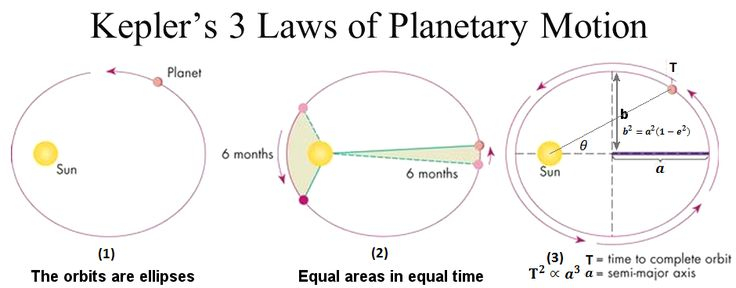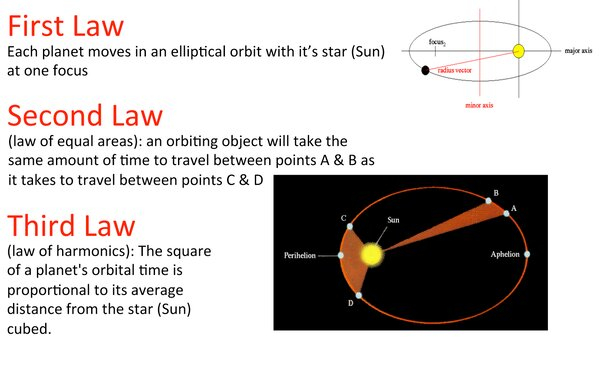Kepler came up with the Laws of planetary motion
Which is an intriguing fact about him is that he was the one who came up with the Laws of planetary motion. Tycho Brahe's data helped Johannes Kepler formulate his three laws of planetary motion, which is an intriguing fact about him. These hypotheses explain how any planetary system will orbit its star. The first two planetary rules are described in Kepler's Astronomia Nova, published in 1609.
The planetary motion rules of Kepler were not readily accepted. Galileo and René Descartes, two luminaries, utterly disregarded Kepler's Astronomia nova. Many astronomers disagreed with Kepler's integration of physics in his astronomy, notably his mentor Michael Maestlin. A few compromise stances are taken.
Harmonices Mundi, written by Kepler in 1619, focused on the third law. His law essentially asserts that each planet orbits the star at the system's center at its own speed and that the planets' orbits are elliptical. A planet orbits its sun more slowly the further it is from it. Seth Ward adopts an elliptical orbit with motion denoted by an equal sign, while Ismael Bullialdus accepts an elliptical orbit but substitutes uniform motion with regard to the empty focus of the ellipse for Kepler's area law.








